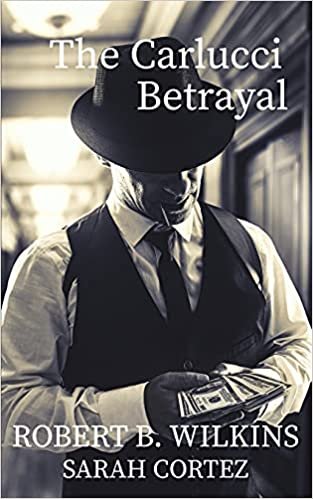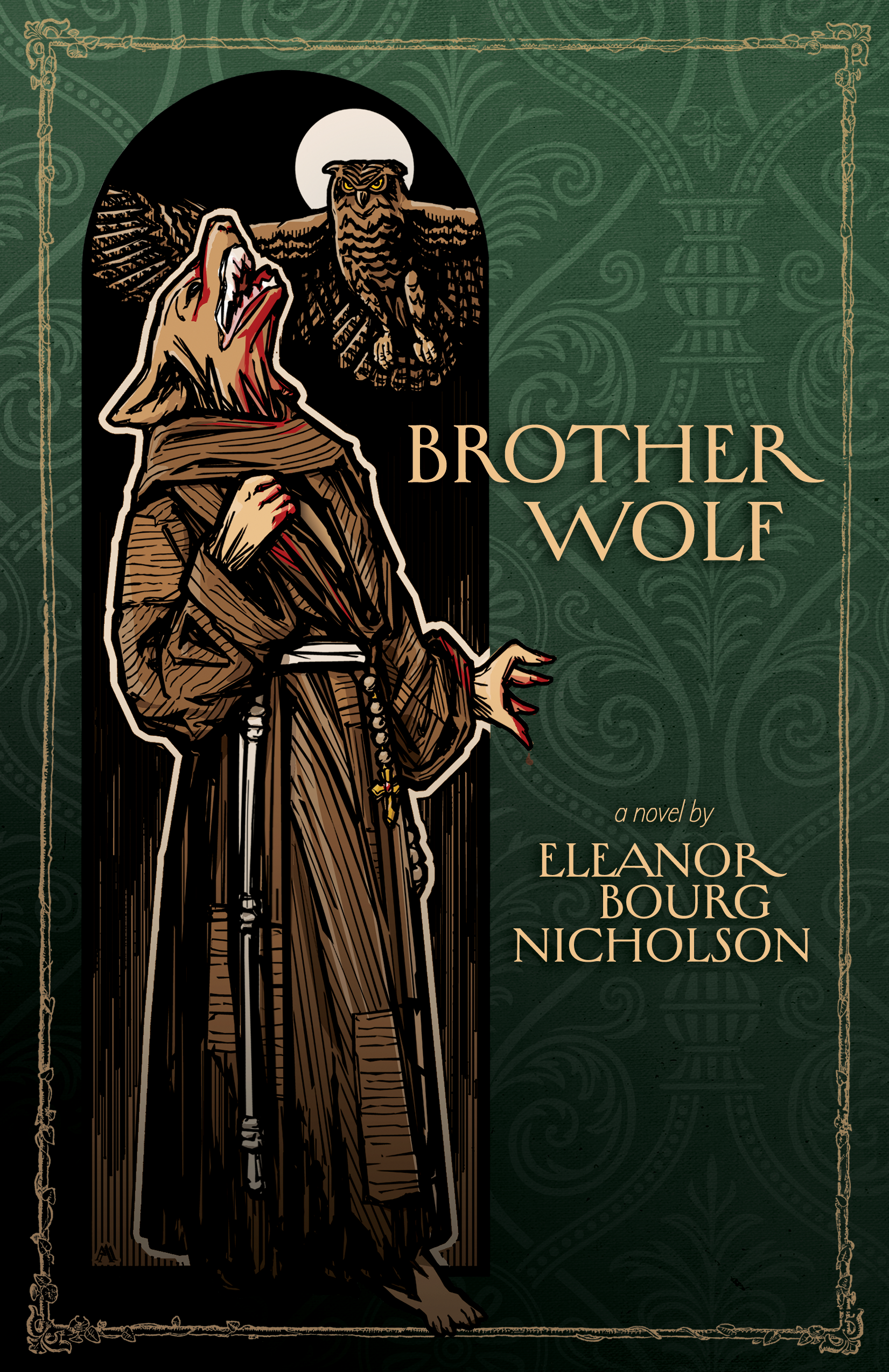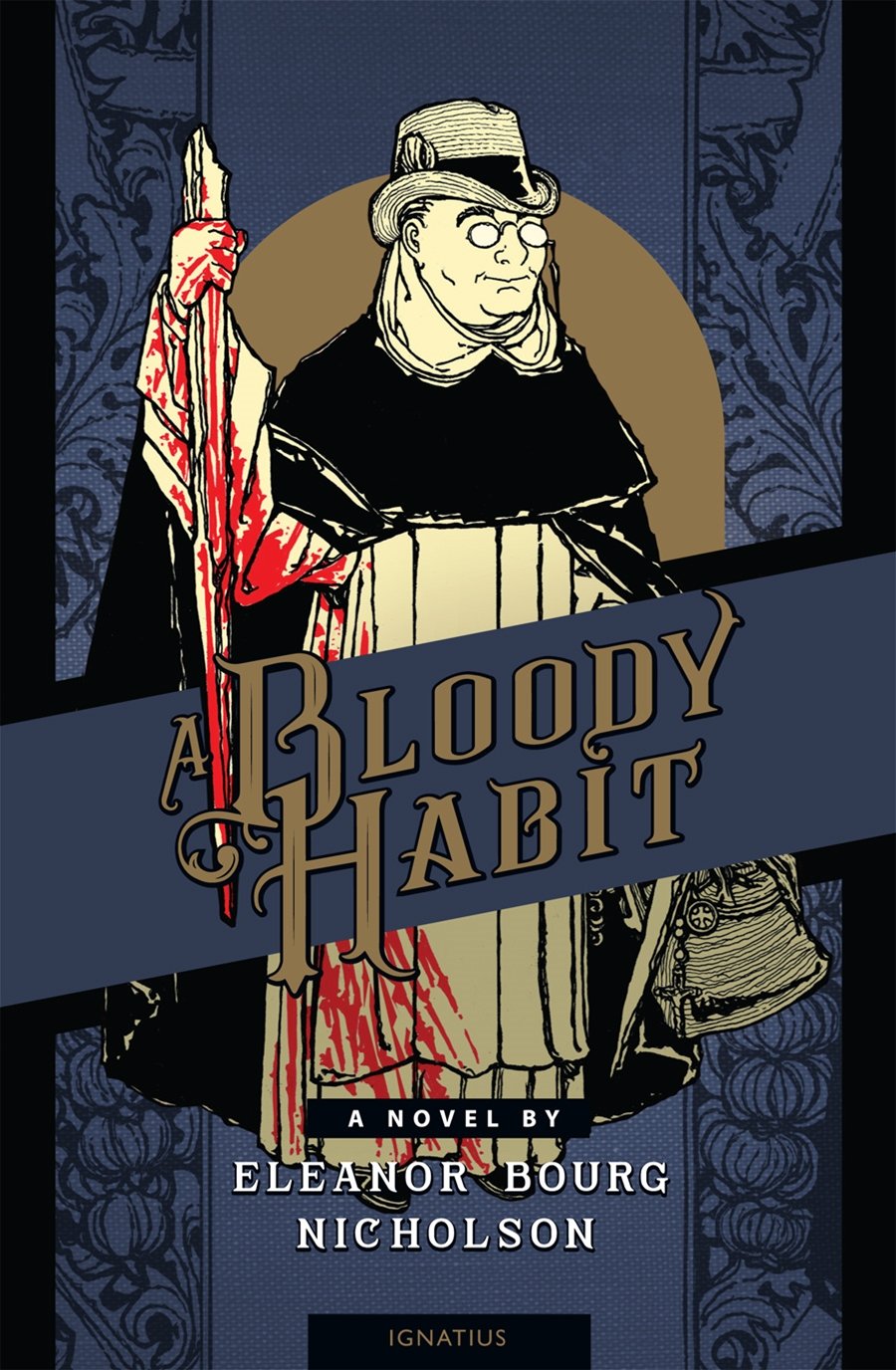Friday Links, October 29, 2021
+ Dark stuff for Halloween
An invitation to a ZOOM about vampires, werewolves & serial killers, O My!
An essay with more about the blood-drinking undead at Catholic World Report
An EWTN interview with K.V. Turley and Fiorella De Maria about their novel about Bela Lugosi
An article by Turley about the real horrors lived by Lugosi
Ghost stories collected by Gerard Manley Hopkins
Thirst: A Novel: Death of a priest in a novella
The first horror moving picture—in 1896 (it really was scary!)
+ Round-up of print and online essays in DT’s “Symposium on Motherhood and Art”
Vampires, Werewolves & Serial Killers, O My!
Saturday, October 30, 2 – 3:15 PM PACIFIC
The Benedict XVI Institute invites everyone to join this All Hallow’s Eve Eve ZOOM event. You can register here.
Novelist Eleanor Bourg Nicholson and poet and recently published crime novelist, Sarah Cortez, along with Dr. Jesse Russell, a scholar and a literary critic who specializes in noir fiction, will discuss how vampire and crime fiction give Catholic authors—who know the supernatural is real—an opportunity to explore themes of sin, evil, temptation, and redemption.
A taste for blood: Vampires, Catholicism, and popular culture
Eleanor Bourg Nicholson, (author of Bloody Habit and Brother Wolf and one of the participants in the All Hallows Eve Eve ZOOM discussion mentioned above), writes in this Catholic World Report essay about the possibilities that vampire fiction offer to Catholic authors.
“What can Catholicism offer to the glutted genre of vampire fiction? . . . Gothic fiction, which purports to deal with monsters and goblins and all things preternatural and terrifying, permits us to talk about those outrageous, outlandish, old-fashioned themes: Good and Evil; Salvation and Damnation; Life and Death; Sin and Redemption. Try to work those into your average domestic comedy without lapsing into irony, profanity, or preachy awkwardness!”
EWTN Bookmark —”K.V. Turley and Fiorella De Maria, This Thing of Darkness”
Mark Brumley, president/CEO of Ignatius Press, writes that this book by K.V. Turley and Fiorella De Maria “merits inclusion on a list of my favorite Ignatius Press fiction, and it is certainly ‘a bit unusual.’ Bela Lugosi? Yes. Dracula? Yes.”
“Hollywood, 1956. Journalist and war widow Evangeline Kilhooley is assigned to write a ‘star profile’ of the fading actor Bela Lugosi, made famous by his role as Count Dracula. During a series of interviews, Lugosi draws Evi into his curious Eastern European background, gradually revealing the link between Old World shadows and the twilight realm of modern horror films. Along the way, Evi meets another English expatriate, Hugo Radelle, a movie buff who offers to help with her research. As their relationship deepens, Evi begins to suspect that he knows more about her and her soldier husband than he is letting on. Meanwhile, a menacing Darkness stalks all three characters as their histories and destinies mysteriously begin to intertwine."
The Curse of the Cape: The Real Horror of Bela Lugosi
K. V. Turley’s 2015 article at Imaginative Conservative chillingly describes the “real horror endured by Bela Lugosi, and more terrifying than any screen role he played.” The five times married drug-addicted actor, whose career was thwarted by his being typecast by his single role as the vampire Dracula, but also by his inability to learn English, was buried in Hollywood’s Holy Cross Catholic cemetery, wearing his Dracula cape.
The image is a screenshot from the 1931 film, Dracula, and is in the public domain, courtesy of Wikimedia Commons
The First Horror Film, George Méliès’ The Haunted Castle (1896)
I can just imagine what it must have been like to see this spooky short moving picture in the dawn of the movie era. It even scares me today.
“So how far back do we have to go to find the first horror movie? Almost as far back as the very origins of film, it seems—to 1896, when French special-effects genius Georges Méliès made the three plus minute short [below], Le Manoir du Diable (The Haunted Castle, or the Manor of the Devil). . . . The Haunted Castle, technically the first horror film, and one of the first movies—likely the very first—to deliberately use special effects to frighten its viewers.”—Open Culture
Death and the Catholic Imagination
Katy Carl, Dappled Things Editor in Chief, recommends this review by Jeffrey Wald of Thirst: A Novel by A. G. Mojtabai, published by Slant Books. Also fittingly in this time of year when our society focuses on other-worldly things and our Church dedicates a whole month to praying for the dead, the review begins,
“The reality of death, and what happens thereafter, has long captured the human imagination. . . . A. G. Mojtabai’s novella Thirst, published by Slant, is a recent example of literature that can draw one out of the banality of materialism and force us to grapple with the knowledge that we are dust, and to dust we shall return.”
Ghost Stories with Gerard Manley Hopkins
“In the Everymans' Library edition of Hopkins there's a selection of entries from the diary that Gerard Manley Hopkins kept. . . . The notebook is full of the observations he was always making, particularly of sunsets, the flight of birds, and other wonders of nature he saw as he would wander the countryside. . . . Anyways, we're on the verge of All Hallows and I thought I'd share with you some of the ghost stories that Hopkins jotted down in his notebooks.”—Fr. Michael Rennier
“More Organic Than It May Appear“
Some of the essays linked below were featured in “More Organic Than It May Appear,“ A Symposium on Creativity and Motherhood, a collection of essays that were printed in the Mary, Queen of Angels 2021 issue of Dappled Things. Later, additional articles on the theme were posted at DT’’s “Deep Down Things” blog.
Katy Carl writes:
Our symposium contributors practice a diversity of arts. They are poets, essayists, actresses, visual artists, comedy writers, fictionists. Several speak openly of how their art and their maternity nurture one another. Where there is tension, it typically grows from popular misperception or from pressures common to all artists, not from any intrinsic opposition. The relation between the two aspects of character is, to use the phrase from poet Laura Reece Hogan that I’ve chosen as a title in the print edition, ‘more organic than it may appear.’”
“Motherhood and Creativity - A Symposium,” by Katy Carl
“This Is My Body,” by Suzanne M. Wolfe
“On Bending the World to Our Vision,” by Shemaiah Gonzalez
“An Ancient, Fertile Soil,” by Lindsay Younce Tsohantaridis
“Drought, Wildfire, and Lush Garden Imagery: An Interview with Laura Reece Hogan,” by Jody Collins
These are additional related essays posted at Dappled Things “Deep Down Things” blog:
“Creative Flow,” by Denise Trull
“How Motherhood Transformed My Vocation as an Artist,” by Gwyneth Thompson-Briggs
“Jen Fulwiler - People told me I wouldn’t be able to do this,” by Fr. Michael Rennier







